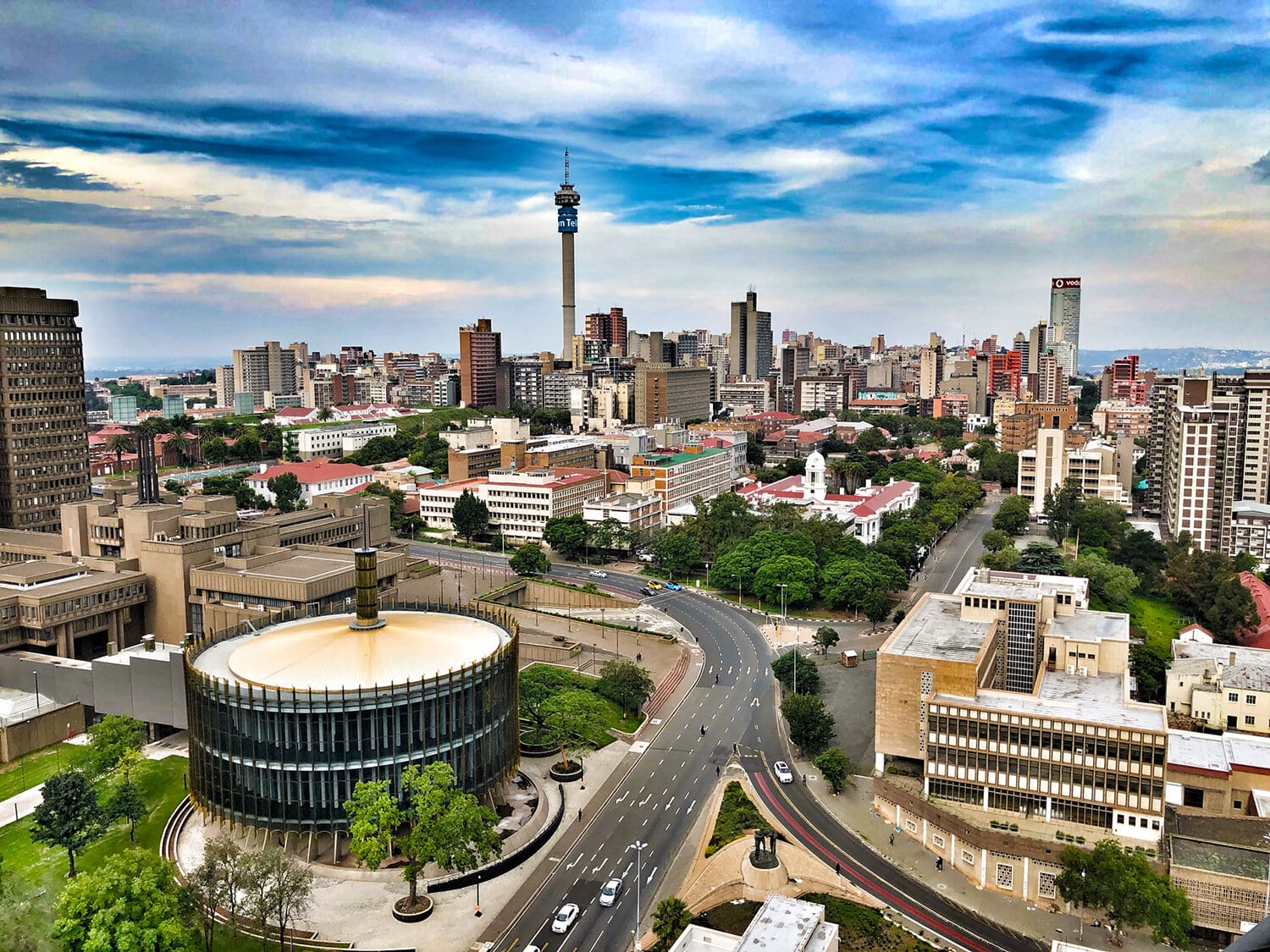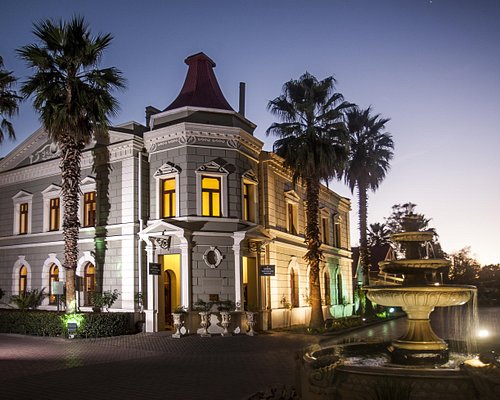Rumored Buzz on Johannesburg North Attractions
Rumored Buzz on Johannesburg North Attractions
Blog Article
Fascination About Johannesburg North Attractions
Table of ContentsMore About Johannesburg North AttractionsWhat Does Johannesburg North Attractions Mean?The Main Principles Of Johannesburg North Attractions Johannesburg North Attractions Fundamentals ExplainedThe 8-Second Trick For Johannesburg North AttractionsThe Ultimate Guide To Johannesburg North AttractionsJohannesburg North Attractions - Questions
However you should maintain safety and security in mind and visitors need to continue to be alert whatsoever times when in unfamiliar environments. Talk with the residents when you are in town to discover out concerning the area you are remaining in. Johannesburg North attractions. When on the road (this does not use to shopping center and various other protected environments) ideal general suggestions is to attempt your ideal to look like a neighborhood and to prevent showing any type of form of riches
Johannesburg North Attractions Things To Know Before You Get This
Teacher Revil Mason O. J. (Thomson, 1946) explored the Witwatersrand's pre-colonial background. His historical work took off the 'em pty land' misconception, according to which the region was empty of human habitation prior to the arrival of European inhabitants. In his publications Prehistory of the Transvaal: A Record of Human Activity (1962) and Origins of Black People of Johannesburg and the Southern Western Central Transvaal Advertisement 3501880 (1986 ), Teacher Mason demonstrated the level of social and financial advancement in the area prior to Europeans set foot below.

The Ultimate Guide To Johannesburg North Attractions
In 1878, David Wardrop located gold in quartz blood vessels at Zwartkop, north of Krugersdorp. In 1881, Stephanus Minnaar came across gold on the farm Kromdraai, near the Cradle of Mankind.
In March 1886, an outcropping (soon to be called the Key Reef) was discovered, rather fortunately, on Gerhardus Oosthuizen's ranch Langlaagte. Some claim that the Lancastrian coal miner George Walker uncovered this reef. One more travelling English prospector, George Harrison (who had formerly functioned in Australian mines) gotten a prospecting licence in regard of Langlaagte in Might 1886.
He made a decision to proceed in a mission for greener fields, and disposed of his Langlaagte insurance claim for the handsome amount of 10. Alas: below lay the wealthiest goldfield ever before located. The exploration of this abundant auriferous coral reef provoked a gold rush that signalled completion of bucolic tranquillity in the southerly Transvaal.
It would, within 6 years, come to be the largest town in southerly Africa. Within a years, it would certainly make the Z. A. R. till after that an anarchical and insolvent little state the richest nation in Africa. By the millenium, the Z. A. R. was to exceed Russia, Australia and the United States of America to become the world's leading gold producer, producing greater than a quarter of the globe's gold.
See This Report on Johannesburg North Attractions
It was recognized as Ferreira's Camp, called after Colonel Ignatius Ferreira. He was a Boer adventurer upon whom the British authorities had presented the condition of Companion of one of the most Identified Order of St Michael and St George (entitling him to the post-nominal letters C. M. G.) in gratefulness for his duty in the battle that had actually deposed the Pedi king Sekhukhune in 1879.
Two other camps were developed: Meyer's Camp on the farm Doornfontein, and Paarl Camp. The latter was nicknamed Afrikander Camp; numerous individuals from the Cape Colony worked out there.

Johannesburg North Attractions Can Be Fun For Anyone
This name obtained money by word of mouth, such that the State Secretary affirmed the name to the Mining Commissioner on 9 October 1886. Stands browse this site in the town were auctioned on 8 December 1886. While some stands were cost 10, others were knocked down for just sixpence.
Two years later on, these erven were to change hands for as high as 750 each. The tented camps diminished as a dorp of corrugated iron buildings developed and increased north of the mines situated along the Main Reef Road. Locations such as Jeppe's Community (where working-class immigrants erected their houses) and Doornfontein (where the affluent brand-new 'Randlords' began to build their luxurious houses) were soon included to the ever-expanding map of the community.
Little Known Questions About Johannesburg North Attractions.
Apart from the road names, there were no indicators of Johannesburg being located in a Dutch-speaking nation. Numerous years later, C. W. Kearns O. J. (among the very first young boys enrolled at St John's College in 1898) would certainly recall: 'An odd truth about Johannesburg was that, although it remained in the [Boer Republic], visit our website almost everyone spoke English and also the Federal government servants attended to one in English, unless they were first resolved in the Taal (or Reduced Dutch)'.
Britain had a rate of interest in guaranteeing ideal problems for gold production on the Witwatersrand, and that the gold was exported to London rather than Berlin an essential rendered all the a lot more clamant by the Z. A. R.'s boosting toenadering with Germany. Mine proprietors got on a crash course with President Kruger, whose policy of monopolistic concessions (commonly approved to his cronies) protected against mining business from procuring products of materials (specifically dynamite) and labour on their very own, less costly terms
See This Report about Johannesburg North Attractions
In 1890, the Volksraad had restricted the franchise business to white men who had actually resided in the Z. A. R. for fourteen years or longer, therefore invalidating a lot of the immigrants (who happened to be the major factors to the fiscus). Nonetheless, anxiety for the vote was a plain pretext for promoting a different program; many uitlanders regarded themselves as momentary visitors and had no intention of remaining in the Z.
Report this page